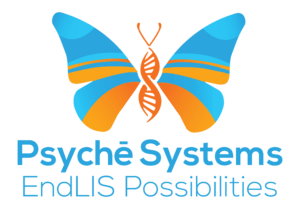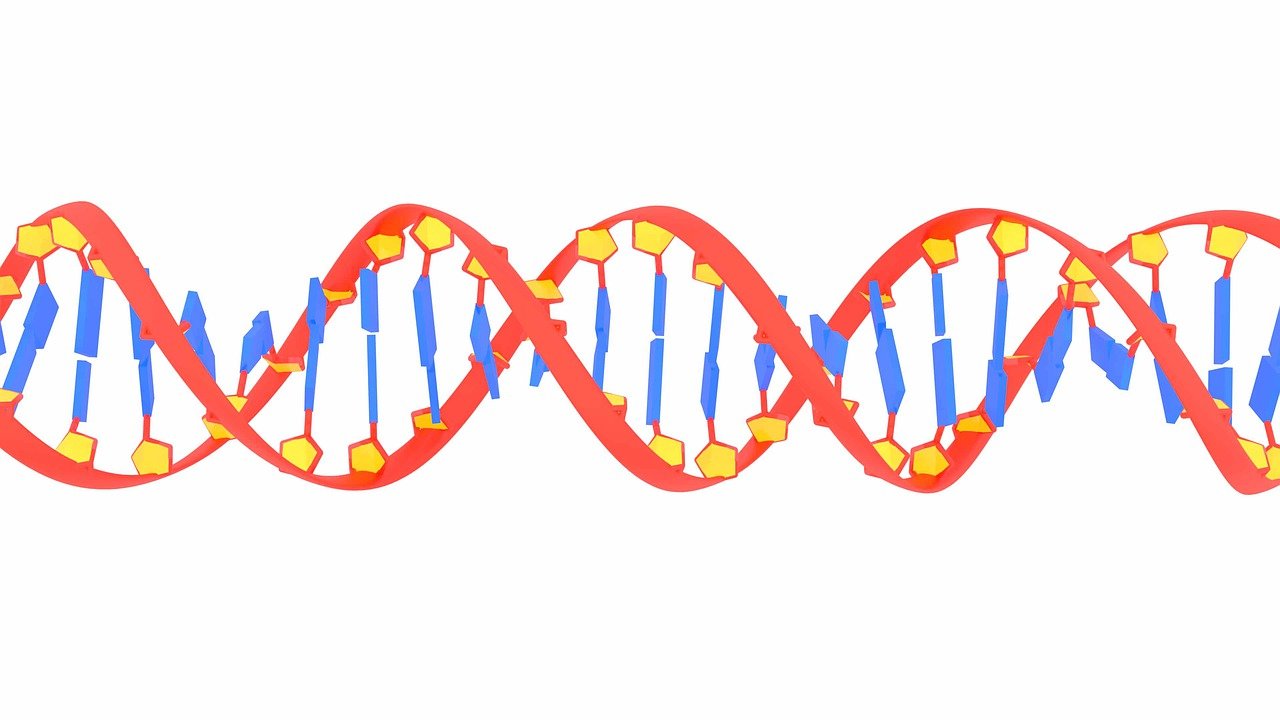It is not uncommon to see significant feats accomplished by women overshadowed by men. This is true in many sectors of society, and the scientific field is no different. If you want to learn more about the various scientific accomplishments by women scientists in honor of Women’s History Month, then read on. The accomplishments of Rosalind Franklin and Esther Lederberg have had significant impacts on the study of genetics, including the development of the laboratory software we use at Psychē Medical.
Medical laboratory software continually advances. However, today’s highly advanced technology comes from the work of scientists from the past. At its core, the purpose of science is to understand our physical world using foundations, methods, and results from previous scientific discoveries.
Here are just two of the women scientists who have paved the way for modern scientific achievement.
Rosalind Franklin
Rosalind Franklin was a British scientist who specialized in chemistry and X-ray crystallography. Her work in taking the first picture of DNA, known as “Photo 51,” was often overshadowed by the work performed by James Watson and Francis Crick.
Franklin focused on creating a clear image of the DNA structure using X-ray crystallography. Her expertise and knowledge of diffraction techniques created the foundation for researching the different parts of DNA. During her research, she named the two parts of DNA the “A part” and the “B part.” Franklin later concluded that both types of DNA must have a helical shape. The photographs she used from her X-ray diffraction techniques supported this conclusion.
Between 1952 and 1953, there was substantial disagreement between Franklin and Watson and Crick. Watson and Crick would later publish scientific papers regarding the double-helix shape of DNA, and also proclaimed this locally in London. However, it was Franklin’s work and research that proved the likelihood of the double-helix nature of DNA. Without her expertise and research, Watson and Crick’s publications would not have contained the same scientific value.
It has taken many decades for the wider scientific community to acknowledge the work and contributions of Franklin. In 1962, Watson and Crick received the Nobel prize for their scientific contributions. However, more scholars and scientists have come out to support awarding a posthumous Nobel prize to Franklin. This will be an ongoing challenge, as Nobel prizes are awarded only to living individuals.
Regardless of whether Franklin ever receives a posthumous Nobel prize, the broader scientific community should continue to recognize her accomplishments. Without the breakthroughs she made, our understanding of genetics would be substantially less than what we know now.
Esther Lederberg
Lederberg was another female scientist who lived between 1922 and 2006. Her work focused largely on bacterial genetics. Her significant contribution to the scientific community was discovering the bacterial virus called bacteriophage λ. She also discovered how genes transfer between bacteria, replica plating, and the F plasmid.
Bacteriophage λ is the virus that can proliferate E. Coli. She discovered this during her Ph.D. work in 1951. She discovered that the λ-phage can infect a cell and not necessarily destroy the DNA structure. Instead, the λ-phage will incorporate itself into the structure. As a result, the bacterial cell can replicate the virus’s DNA when it divides itself. This concept is a specialized transduction, which became a pivotal piece of her scientific breakthroughs.
Lederberg’s Other Contributions
Additionally, Lederberg developed a technique known as replica plating. This involves taking a set of bacteria that is growing in a dish, and then transferring it to other dishes that have incorporated different circumstances and environments. As a result of this technique, researchers can discover what circumstances may affect the growth or behavior of bacteria. This work provided substantial benefits to understanding bacteria, as well as reducing the spread of diseases and maintaining sterile environments.
Another of Lederberg’s major discoveries was locating the F-plasmid. Identifying this plasmid was crucial for understanding bacteria recombination and fertility. This is a plasmid that allows a bacteria’s genes to transfer from one bacterium to another. This process became known as conjugation.
Throughout her work in the 1950s and 1960s, Lederberg faced the sexism that was prolific within the scientific community. She was excluded from being credited in publications in which she had direct impact, and had to regularly advocate for increasing women faculty at Stanford.
Scientific historian Margaret Rossiter describes Lederberg’s experiences as prime examples of the Matilda Effect. This is a concept in which women in the scientific community are regularly ignored and discredited, despite having accomplished substantial breakthroughs and research.
Women in Science
This article would be substantially longer if it were to include a complete list of women who have made significant contributions to science but have experienced the Matilda Effect. Additionally, it is quite likely that unknown women have made significant breakthroughs but whose experiences are not known to the public. With this knowledge, it is important that we as a society give credit where it is due. As scientists, incorporating the works of those who came before us is necessary not just to support those who deserve credit, but to also maintain scientific principles.
As society continues to evolve and grow, we should always consider the conversation about equity. We have certainly grown as a society since the 1950s; however, there is still more work to do.
Psychē Medical Laboratory Software Salutes the Legendary Women in Science
As previously mentioned, today’s scientists stand on the shoulders of those who came before us. That includes the researchers and developers at Psychē Medical Laboratory Software. Our technology for performing clinical and genetic diagnostics draws straight from the breakthroughs performed by Rosalind Franklin. As we work to provide society with software that will benefit scientific laboratories around the world, we will support and praise the memories of those whose work allowed us to continue pushing the boundaries of modern scientific achievements.
If you are looking to support a company that strives for equity in the workplace and giving credit where it is due, contact Psychē Medical Laboratory software.

